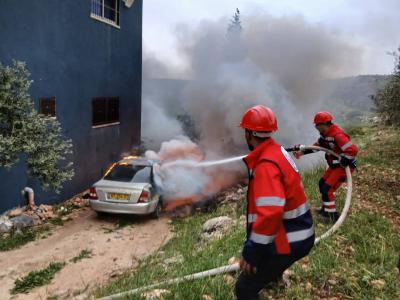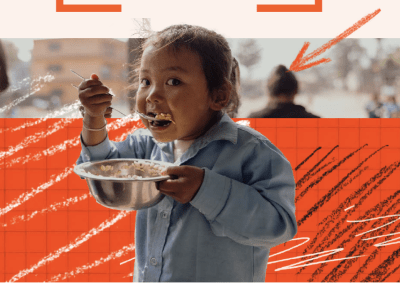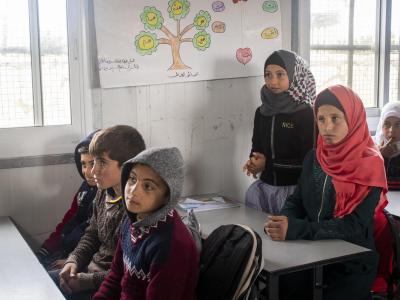publication / April 9, 2025
Towards continued EU's commitment to Education in Emergencies
Humanitarian organisations urge continued EU leadership on education in emergencies.
publication / April 16, 2025
World Vision - SitRep - Emergency Response West Bank - Feb-Mar25
Due to unprecedented levels of violence, restrictions on movement and economic challenges, a major humanitarian crisis is ongoing in the West Bank. To support communities, World Vision has continued its emergency response in february and March 2025, reaching 193,000 people including 110,000 children in 7 governorates. Read our report to learn more about our response.
press release / April 1, 2025
Sustaining Access to Emergency Healthcare for Children in the West Bank
World Vision is supporting 6 primary health care centers in the West Bank so they offer improved access to emergency health cares for vulnerable communities.
publication / April 2, 2025
South Asia and Pacific ENOUGH 2025 Campaign Report
ENOUGH Report: Learn how World Vision fights child hunger in South Asia & Pacific. Discover youth-led solutions & our impact on nutrition policy.
publication / April 17, 2025
Triple Threat: Climate Change, Conflict and Hunger endangering children's lives
Climate change, violence, and hunger are trapping vulnerable children in poverty. This report explores their intersection and the urgent need for action.
press release / April 10, 2025
Sudan Conflict Enters Third Year: More than 600,000 people are in a 'catastrophic' situation
Press Release Sudan crisis enters year three: World Vision warns 600,000 face death from hunger as aid shortfalls worsen one of the world's most neglected emergencies.
publication / September 18, 2024
Capacity Statement: Humanitarian and Emergency Affairs 2024
World Vision Zambia, through the Humanitarian and Emergency Affairs (HEA) department, works with communities, partners and World Vision Support Offices to deliver humanitarian interventions in areas of preparedness, anticipation, emergency response, and recovery programmes.
publication / April 16, 2025
Hope Without Borders – SitRep Oct–Dec 2024
Latest SitRep on the Venezuela Crisis: progress, stories, and challenges in protecting migrant children across Latin America.







